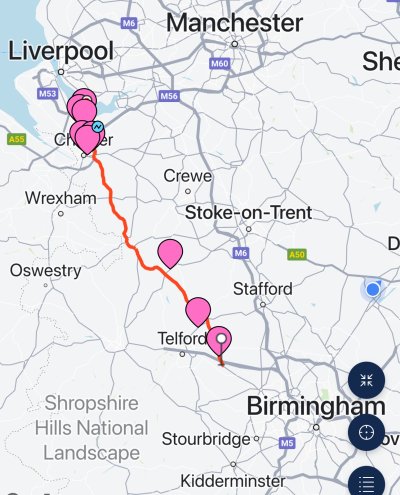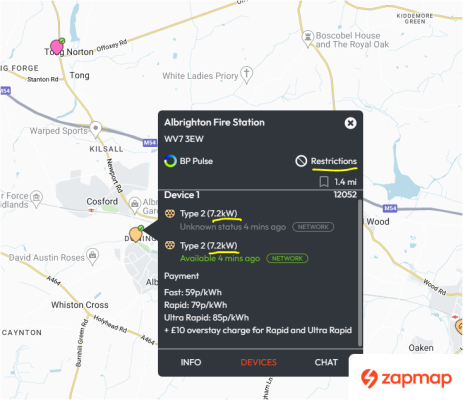- Joined
- Jun 24, 2008
- Messages
- 50,351
- Location
- London
- Car
- 2022 Hyundai IONIQ 5 RWD / 2016 Suzuki Vitara AWD
It's probably an ICE versus EV thing. If you're used to taking the most direct / fastest route from A to B with no question of ever running out of 'fuel' then taking a less direct route and having to stop periodically when you wouldn't have done so previously doesn't exactly seem like progress.
Perhaps if you're taking a leisurely drive (off on holiday etc.) it's no big deal, but Mrs BTB was out from 05:30 till 22:00 yesterday (and had another early start today) so the last thing she'd have wanted was to add an extra hour or two to her day in diversions plus charging time.
At least if you have fast chargers on the direct route (as seemed to be the case for you in France) you minimise the delays.
So we need more fast chargers... at least on that we can agree






